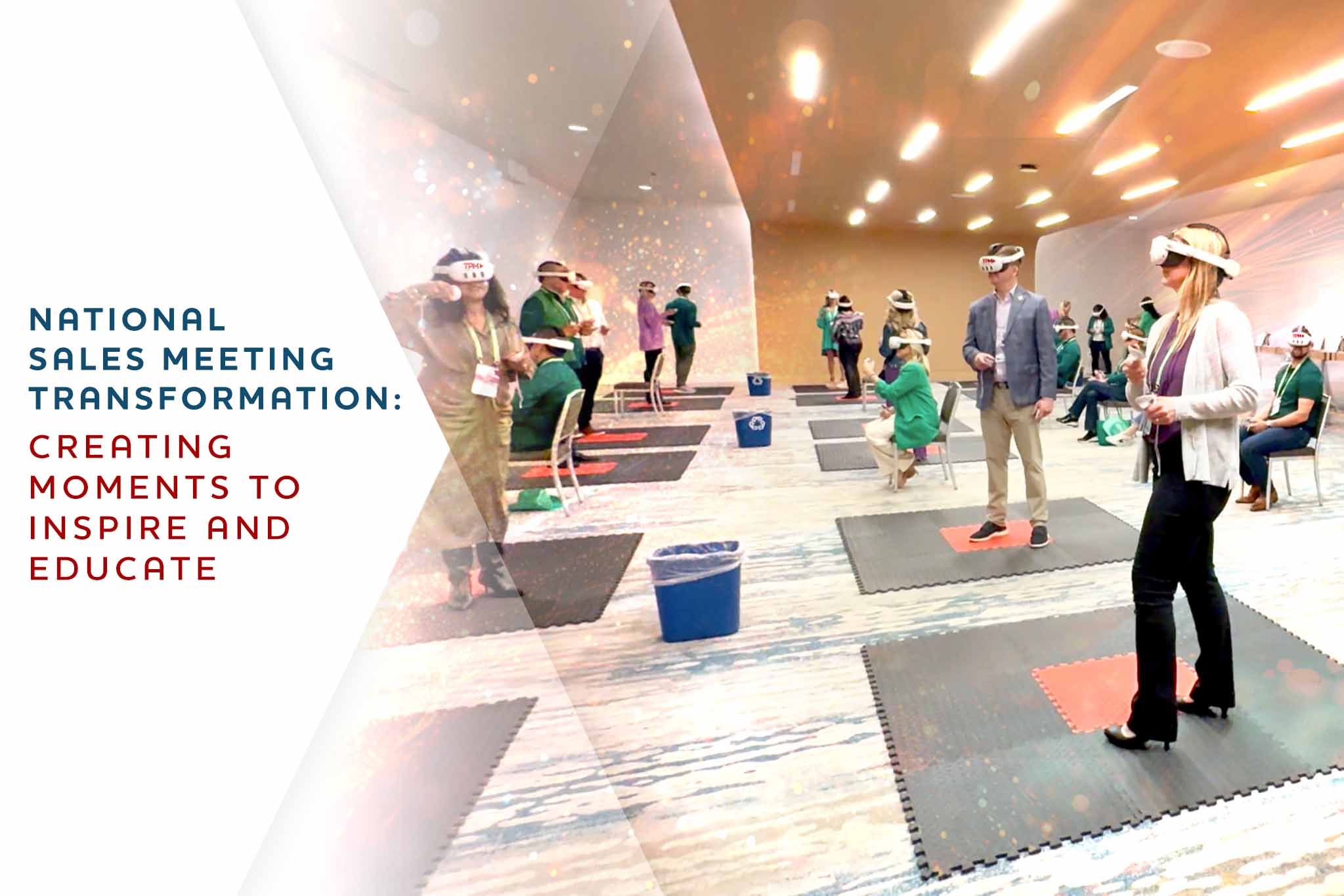The concern for patient safety has led to significant transitions in medical education over the years. Medical errors and malpractice have caused injury cases and even death in many parts of the world. One of the effective ways to enhance clinical competence in the medical sector is through simulation.
Simulation is the virtual representation of a complex real-world situation to facilitate learning through experiments. Medical simulation replicates real-world clinical environments for doctors. It provides several potential strategies for in-depth practical training and safer patient care.
Virtual clinical simulations can be a bridge between theory and practice, helping doctors get immersive learning experiences that may be difficult to get in real-life. Modern technology advancements have merged medicine with 3D medical simulation to benefit both patients and doctors. Here’s how 3D medical simulation helps doctors and patients.
Improves Patient Outcomes
Medical simulation has positive impacts on patients. Of course, the need to improve patient outcomes is the priority of healthcare education systems globally. A successful healthcare system provides healthcare workers with the resources to optimize patient care. These resources include time management, clinical discernment, communication, and more.
Simulation offers a medical alternative to patients. Through simulation, doctors can replicate patient care sequences with the medical complexities of real-life scenarios. 3D immersive medical simulations enable doctors to test different treatments to determine which best promotes positive patient results.
Studies show the contribution of simulation-based education to clinical outcomes. The clinical outcomes included patient complications, procedural success, duration of stay, and patient discomfort, especially in high-risk areas like obstetrics, endoscopic procedures, and airway management.
Reduces Medical Error
Doctors do not have the intent to complicate a patient’s condition. However, medical error is one of the leading causes of hospital deaths worldwide. Medical errors also affect the cost of medical care globally. According to a study, the annual cost attributable to all preventable drug events and adverse drug events for a 700-bed U.S. teaching hospital was estimated at $2.8 million and $5.6 million, respectively.
In mitigating accidents, safety measures must be put in place. Medical simulation exposes doctors to uncommon emergencies.
The technology allows doctors to replicate complex, dangerous, and rare situations. By recreating real-world clinical environments, simulation enables doctors to safely make mistakes, learn from them, and come up with solutions to counter those errors in a safe-to-fail virtual space.
Reduces Patient Risk
Most rare diseases and complex procedures may not present practice opportunities, even to expert clinicians. Examples include treating a heart attack or serious allergic reaction in an outpatient medical setting. Simulation can bridge this gap.
Simulation allows doctors to recreate these scenarios and find better ways to handle the issue without putting patients at risk. Healthcare practitioners can also master the ever-growing array of new techniques, such as minimally invasive surgery or catheter-based therapies, without exposing the first set of patients to risk.
Hence, when a real patient arrives with similar conditions, doctors have already prepared for it and can treat the issue without causing harm.
Better Decision Making
Real-life events and the mode of health operations prevents doctors from getting the best reviews and insights on why an incident occurred or how to enhance performance. This is where 3D medical simulations come into play.
Doctors can perform controlled simulations and immediately follow them up with after-action reviews or video-supported debriefings that richly explain what took place. With this detailed feedback and evaluation, physicians can better understand what happened, get feedback, and make informed decisions.
Provides Doctors with More Experience
In healthcare, emergency medicine requires quick and confident actions. There’s no room for hesitation when a patient’s health is declining. Acutely unwell patients and shorter patient stays do not provide healthcare professionals the opportunity to understand various diseases.
Medical simulation provides healthcare providers with many scenarios to experiment with. In real-world clinical settings, doctors rely on cases people bring to the hospital. Simulations allow physicians to create any medical or clinical situation at will. For instance, 3D immersive medical simulation provides medical practitioners with realistic medical qualities like missing limbs, rashes, seizures, and more.
With 3D medical simulation, healthcare professionals can better view the human body’s interior and practice with areas, such as the brain or other organs. Dentists can practice with 3D models of teeth instead of real-life patients to get tactical feedback. Medical simulation helps doctors to identify strengths and areas for improvement in a safe space.
Encourages Proficiency in Medical Skills
People learn from the mistakes they make. Most people view mistakes as an unavoidable part of life that they can use to obtain useful lessons. Of course, this philosophy may help to ensure those mistakes never happen again in the future. However, this type of ideology can be difficult to accept in the medical field, where the consequences of errors can be fatal.
Clinical simulation can recreate various healthcare settings and provide personalized learning. Through medical simulations, surgeons can improve their surgical skills and prepare for future surgeries. It provides doctors with the experience required to handle emergency cases.
Virtual Reality (VR) simulation technology creates a safe environment where doctors can improve their clinical skills without causing harm to real patients. When debriefing follows a simulation event, the lessons learned from the process are invaluable.
Improves Clinical Competence and Confidence
Junior doctors may experience challenges in onboarding periods. Some of these challenges range from attending to many patients with minor to life-threatening issues. In worst cases, hospitals with overcrowded patients and staff shortages wll know how to handle these issues better.
With simulation, doctors can manage acutely ill patients without harming the real patient if things go awry. They can interact with patients and approach high-stress scenarios with confidence. Medical simulation prepares health practitioners for emergency cases and eliminates fears that come with real-life practice. It gives them the confidence to make decisions in real life without getting intimidated by the potential outcomes. They can think, reason, examine, diagnose, manage, and solve issues.
Hence, medical simulations not only improve patient care by boosting healthcare practitioners’ confidence in their practice, but they also encourage HCPs to challenge a treatment option when other treatment plans exist. Medical simulation training produces competent healthcare workers that help improve the safety and quality of patient care.
Conclusion
3D medical simulation creates an immersive environment for doctors to conduct experiments. It has made significant contributions to the healthcare sector. It improves clinical competency, resulting in improved patient outcomes and reduced risk. Immersive clinical simulation offers a safe space for medical institutions, researchers, and students to practice their skills on customized designs.
At Tipping Point Media, our experts create science-based virtual training to inspire learners and improve retention. We will tailor the training to your learners’ needs and help you achieve your training goals. Contact us today to learn more about how our solution can help you.



